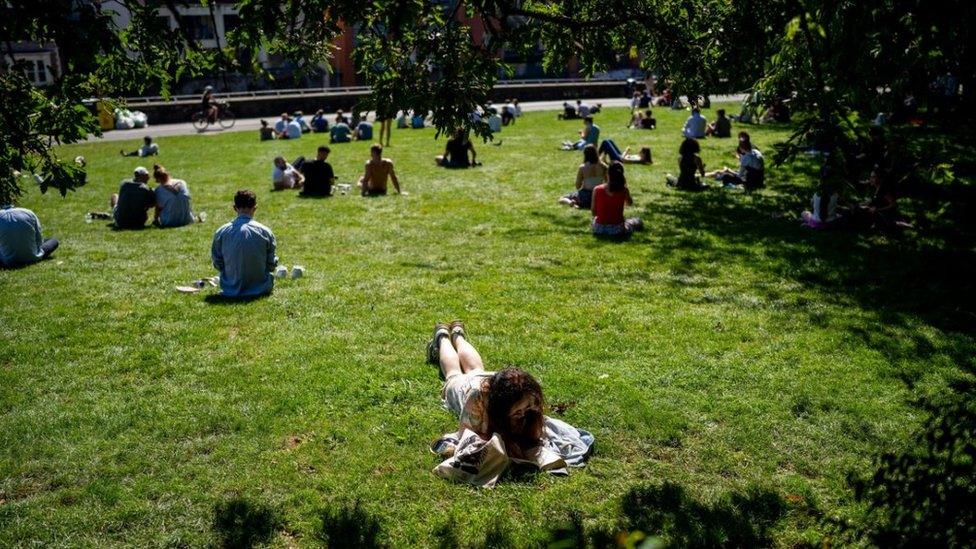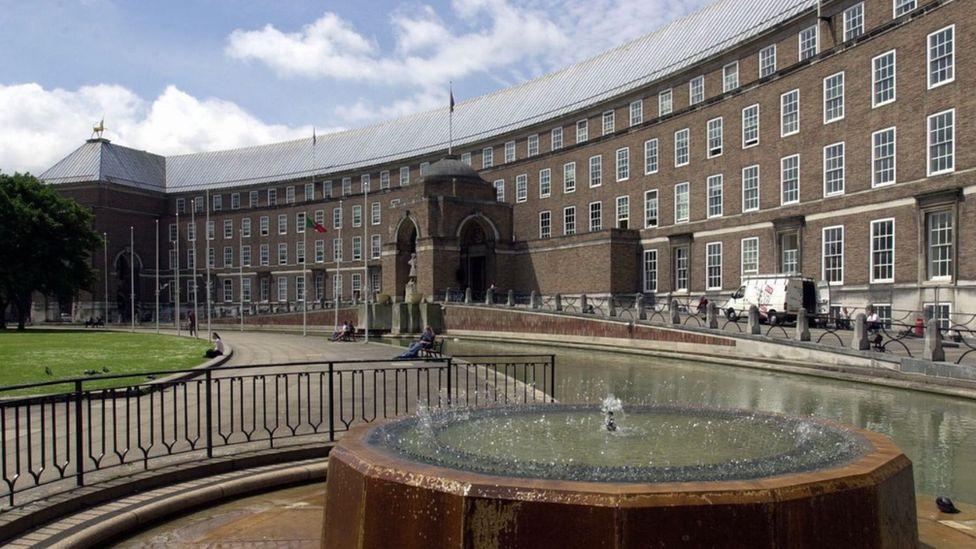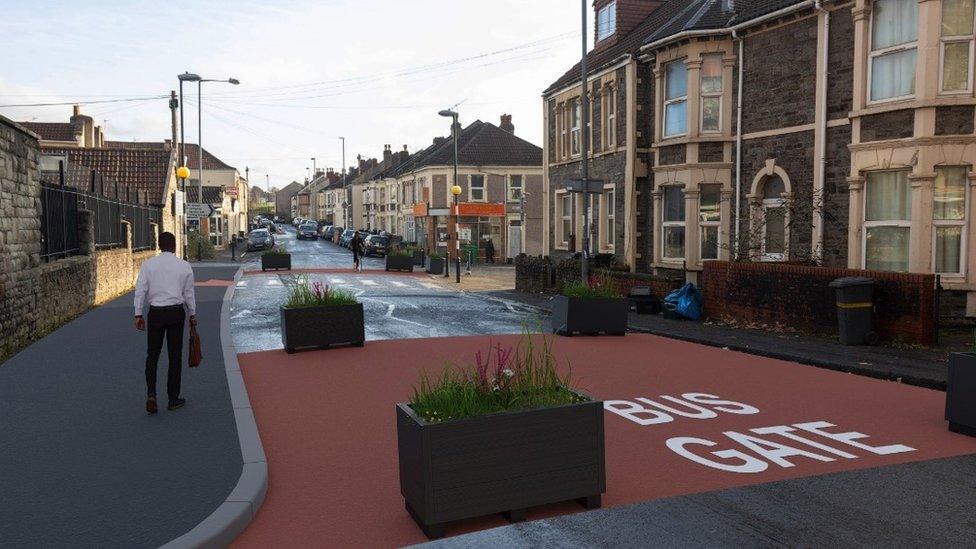Bristol: Areas of city deemed most at risk from heatwaves
- Published

Part of the plan to keep Bristol cool includes creating more shaded walkways and river paths
Five parts of a city have been identified as most at risk from extreme heatwaves as global temperatures rise.
City Hall bosses are now preparing plans to make Bristol more resilient to hotter summers, including planting trees along roads.
Lawrence Hill residents are most at risk from extreme heat, according to Bristol City Council's new Keeping Bristol Cool policy.
Easton, St George, central Bristol, and Hillfields are the next most at risk.
Central and eastern parts of Bristol are more likely to see higher temperatures than north-western or southern parts of the city because of more hard surfaces, which are further away from the cooling effect of coastal sea breezes.

A map ranking parts of Bristol on vulnerability to future heatwaves was produced as part of the Keeping Bristol Cool policy.
Plans to keep Bristol cool include planting many more trees, making sure care homes, council housing and offices can stay cool, and creating more shaded walkways and river paths.
But council bosses said there is little available space on pavements for planting more trees, partly due to utilities, so they could be planted in space currently used for cars.
Bristol's cabinet member for transport, Don Alexander, said: "The challenge is that streets are used for an awful lot of things at the moment.
"There's a lot of different modes of transport, people want to sit down, there are bus stops, and that's just above ground.
"Then you come underground, and everything happens under there. The water comes in, it goes out, the electric, the internet, you name it."
He added: "Most of our pavements are taken up with utilities that are very, very expensive to move."

Follow BBC West on Facebook, external, Twitter, external and Instagram, external. Send your story ideas to: bristol@bbc.co.uk , external
Related topics
- Published2 October 2023

- Published3 October 2023
